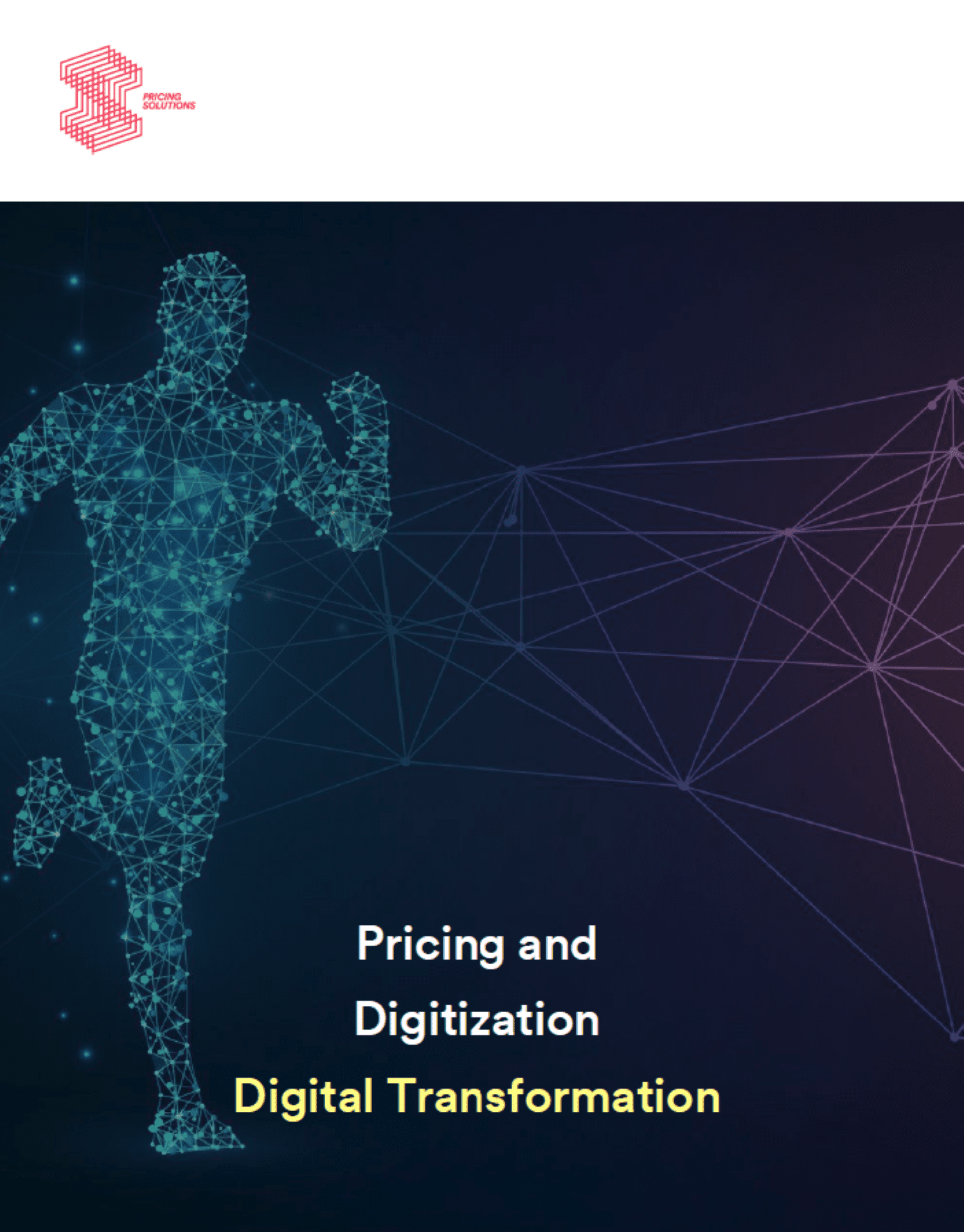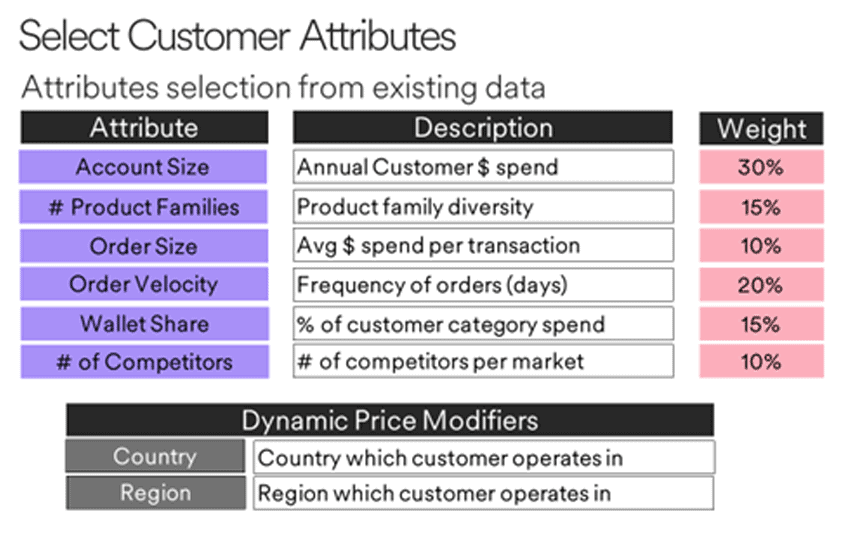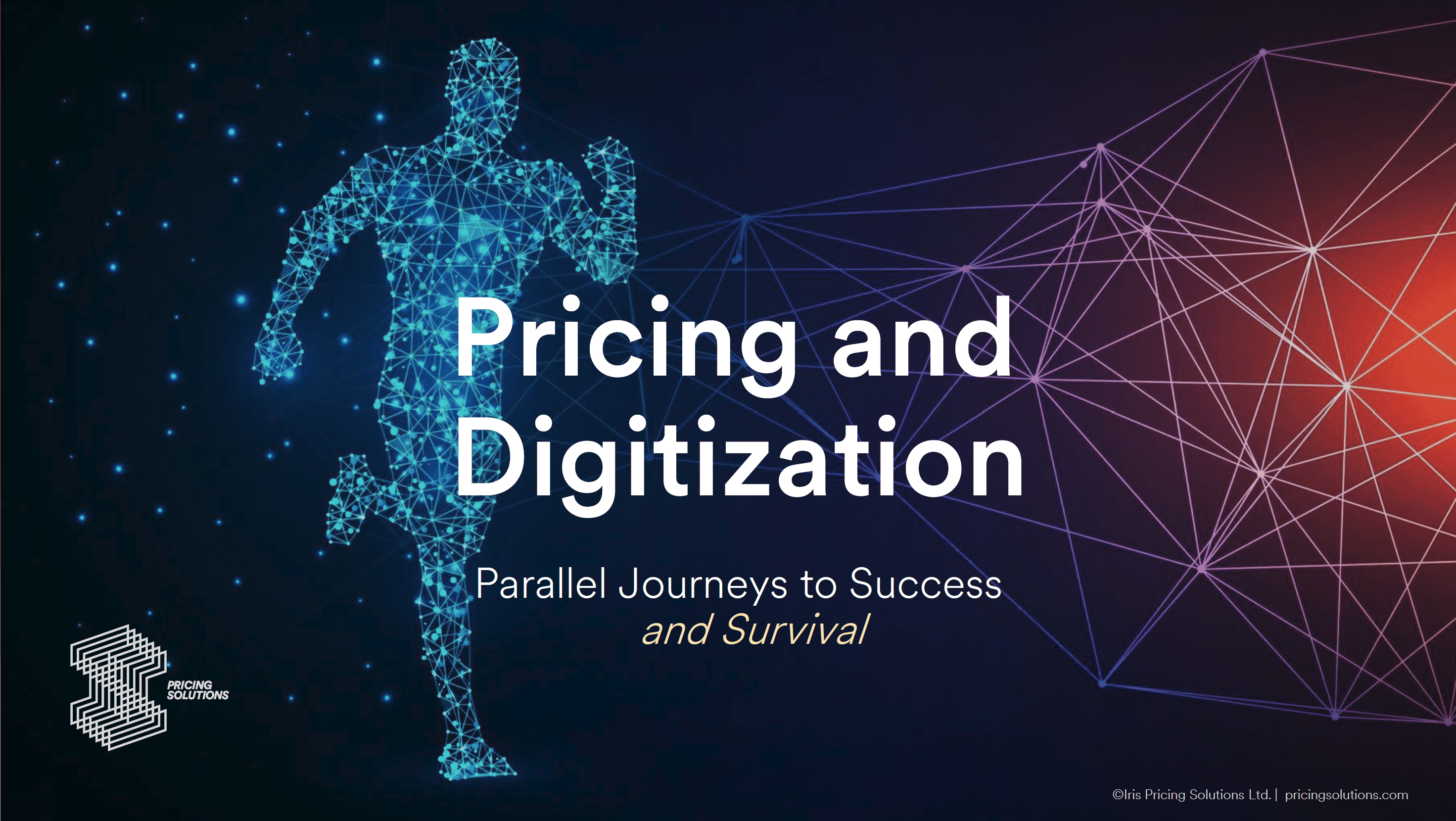Digital Pricing Transformations
What you’ll learn from this white paper:
Companies in the B2B sector are increasingly employing price optimization and management strategies throughout the entire value chain. Businesses may underestimate the relevance of digital tools, overemphasize them, or design ad hoc solutions that don’t work well together as a result of their inexperience and bias. Subsequently, even companies keen to engage in technology struggle to change their pricing strategies into something that benefits their customers.
What you’ll get from this white paper:
• Learn how pricing, marketing, and sales can benefit from better data capture and use that data to increase customer segmentation, improve value propositions, and better understand consumer behavior.
• How to combine digitization and smart pricing. The impact of value capture throughout both transformative journeys. The potential impact of doing so is immense. In fact, our clients who do so consistently enhance EBITA (earnings before interest, taxes, and amortization by 3-5%). We will explain how.
Download The Whitepaper

Read The Excerpt
Dynamic and more dynamic pricing is often a long-term vision, especially for B2C companies. To begin that pricing journey you’ll need access to more data. Both consumer and industrial companies are investing in innovations that are dependent on increasing their digital capability – the collection, consumption and analysis of the data. When IoT or cloud-based solutions are included as part of a company’s value creation, capturing that new value they are bringing to the market will require changes in the existing pricing environment. Ideally, these innovations prompt changes throughout the organization as well the customer’s experience and buying behavior.
A successful transformation requires auditing internal data and systems, considering what external data is needed and identifying new capabilities that can better meet the organization’s needs. When doing so, consider each aspect of change through the many lenses of your organization. When the right infrastructure elements are in place to enable the collection of the data that’s required to inform pricing decisions, the process will provide measurably improved profits with sustainable performance improvement.
While the exact data fields required will vary by industry and organization, it generally requires the identification of fields that will signal relative differences between customers and products to inform pricing strategy and tactical pricing decisions. Highly skilled teams will generally put their attention on transaction level details including customer and product attributes, net margin details, customer profile and cost-to-serve elements.
Client Example

